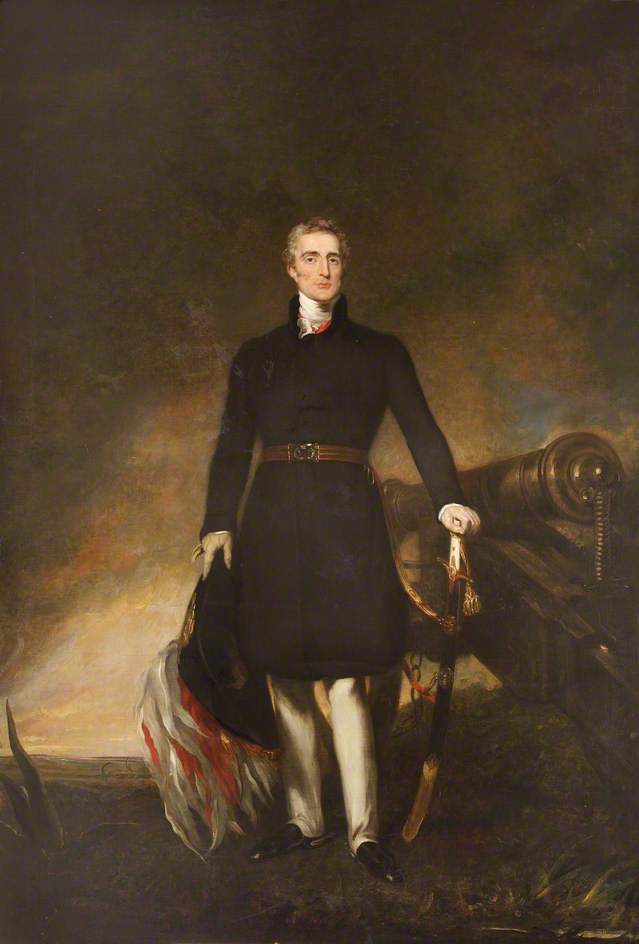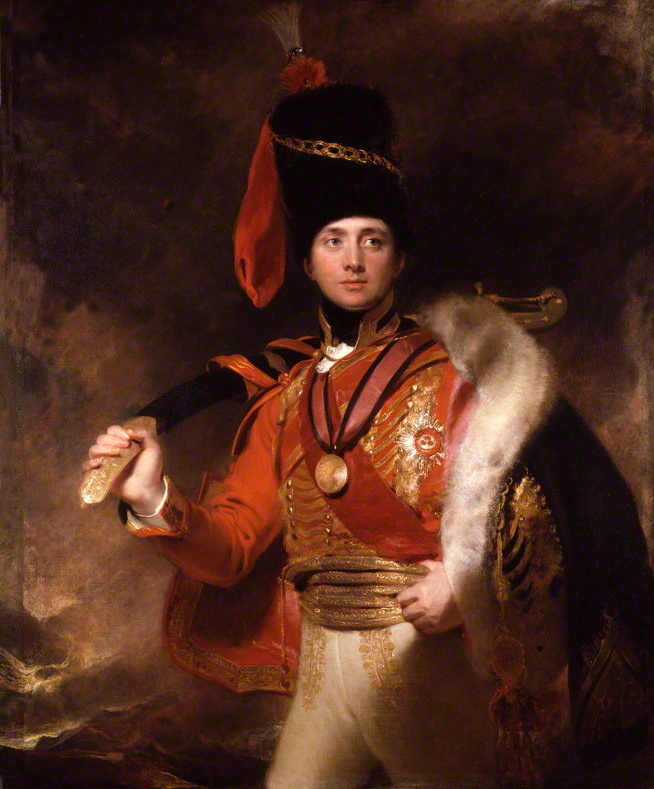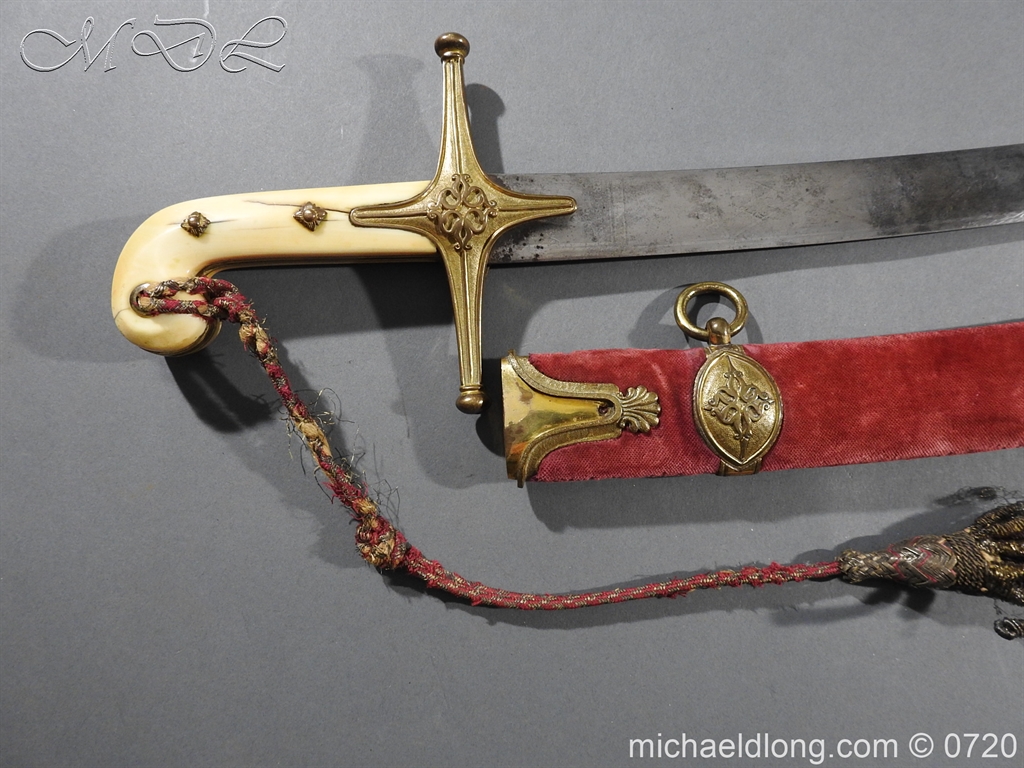Pre-1822 Regulation British Mameluke Sword
Feb 21, 2022 17:17:21 GMT
Post by jack88 on Feb 21, 2022 17:17:21 GMT
Good day everyone, today I will be discussing the gem of my collection: my British mameluke. This post will be more straightforward than usual. Sadly information on specifics is mainly lacking, and I've already made a sweeping history of eastern blades that can be found in my post for my Ottoman pala here: Ottoman Pala

"Mameluke" swords refer to the Egyptian mamluk warrior class of Egypt. The term initially described a non-Muslim slave soldier employed by the Fatimids and Ayyubid dynasties in the middle east. The word mamluk means "slave" and encompassed many non-Muslim ethnicities bought and raised to be soldiers. The mamelukes eventually seized power creating their dynasty and ruling Egypt from 1250-1517 until defeat by the Ottomans. The Ottomans, however, would retain the mamelukes in a ruling position in Egypt under their purview.

In 1798 Napoleon invaded Egypt; at the battle of the Pyramids, the mamelukes proved themselves to be impetuous soldiers brave to the point of recklessness but no match for modern military equipment or tactics. Yet, the bravery of the mamelukes impressed the French, who captured and looted many thousands of kilij. Eastern blades were already familiar and popular in Eastern Europe, but the Egyptian campaigns exposed Eastern swords to the French/English militaries.

Already a trendsetter Arthur Wellesley, the future Duke of Wellington was known to carry a mameluke-type sword serving in India. He had a mameluke sword both through the Peninsular campaign and at the battle of Waterloo. After his victory at Waterloo, many British officers wished to imitate their most famous commander. The usage of mameluke-type swords, either domestically created or rarely foreign captured or bought swords, became stylish to light cavalry officers.

After the 1801 British campaign in Egypt to defeat the remnants of Napoleon's army, many kilijs were looted and bought and found their way into the social hierarchy of the British military. Early British made mamelukes appear close to the kilij's located in the east.

Later British furbishers began creating their own style of mameluke, often British units standardizing their look to their blades.


"Mameluke" swords refer to the Egyptian mamluk warrior class of Egypt. The term initially described a non-Muslim slave soldier employed by the Fatimids and Ayyubid dynasties in the middle east. The word mamluk means "slave" and encompassed many non-Muslim ethnicities bought and raised to be soldiers. The mamelukes eventually seized power creating their dynasty and ruling Egypt from 1250-1517 until defeat by the Ottomans. The Ottomans, however, would retain the mamelukes in a ruling position in Egypt under their purview.

A Muslim Greek Mamluk portrayed by Louis Dupré (oil on canvas, 1825)
In 1798 Napoleon invaded Egypt; at the battle of the Pyramids, the mamelukes proved themselves to be impetuous soldiers brave to the point of recklessness but no match for modern military equipment or tactics. Yet, the bravery of the mamelukes impressed the French, who captured and looted many thousands of kilij. Eastern blades were already familiar and popular in Eastern Europe, but the Egyptian campaigns exposed Eastern swords to the French/English militaries.

John Simpon, The Duke of Wellington holding an kilij
Already a trendsetter Arthur Wellesley, the future Duke of Wellington was known to carry a mameluke-type sword serving in India. He had a mameluke sword both through the Peninsular campaign and at the battle of Waterloo. After his victory at Waterloo, many British officers wished to imitate their most famous commander. The usage of mameluke-type swords, either domestically created or rarely foreign captured or bought swords, became stylish to light cavalry officers.

Charles Vane, 3rd Marquess of Londonderry, a British Hussar general, with a scabbarded kilij (related to Mameluke sword) of Turkish manufacture (1812)

Later British furbishers began creating their own style of mameluke, often British units standardizing their look to their blades.

British 9th Lancer's Mameluke
"On 25th April 1822, the first Dress Regulations for the Army (Regulations for the Dress of General, Staff, and Regimental Officers) were published by the Adjutant-General's Office and practice of carrying a 'mameluke-hilted' sword by officers of the cavalry received official sanction for the first time: the three existing lancer regiments - the 9th, 12th and 16th Lancers - were prescribed a 'mameluke-hilted' sword with a plain metal scabbard for dress wear and a velvet-covered scabbard for full dress." - Dellar, Pg 111

Thus, what had already been in practice now became officially sanctioned by the British military. The 1822 regulation only delineated use by light cavalry officers, but there is a wide range of styles of mamelukes found in all regiments of the British military of this time. There is a scarcity of information regarding these swords, the only standard being the 1822 regulation put out. Western-made blades often have unit markings written on the blade, but the absence of said markings makes the attribution of mamelukes near impossible to units or specific times.

British-made mamelukes generally still have all of the defining characteristics of the kilij, especially the "yelman," which gives the kilij its cutting power.

Now I bring you my British mameluke, a highly unusual copy. The sword's characteristics and absence of any markings leave me to make suppositions of its providence, and I am unable to say anything with certainty aside from its general characteristics. This sword is exceptional due to its blade. The blade is a "classical Ottoman" blade from the 16th/17th century and made of high-quality wootz steel. This is not a dress sword but made for combat, and no expense was spared in creating a top-tier weapon.

The blade was in pretty bad shape upon arrival, with active rust in many places and what I first thought to be the remnants of plating, but upon removing the plating, I found rust underneath, leaving me scratching my head whether it was plating or not.

After cleaning, the blade was relatively easy to clean and left the aging alone; most was accomplished with steel wool and oil, only requiring sandpaper to remove the plating.
The swords measurements:
Blade: 31 5/8"
Grip: 4 1/2"
Spine thickness: 1/4"
Yelman thickness: 3/32"
Weight: 1 lb 12.2 oz or 798 grams

Carefully avoiding the remnants of writing on the blade, I could trace it out and have it translated. It is an old form of Turkish and reads, "No one is the owner of everything and the earth other than Allah."
 There are remnants of writing at the base of the blade, which was likely the maker but is illegible. The incredible wootz pattern was complicated to bring out. It etched nothing like my Ottoman pala. The first two attempts using a very diluted etchant brought out nothing and left me wondering whether or not the blade was, in fact, wootz. The wootz required a much stronger etchant to bring out, and after polishing the blade with some aluminum polish, it shows through very well in a few spots. There is a minimal trace of the pattern in other places, namely the other side, due to aging. I am pretty happy with how it turned out.
There are remnants of writing at the base of the blade, which was likely the maker but is illegible. The incredible wootz pattern was complicated to bring out. It etched nothing like my Ottoman pala. The first two attempts using a very diluted etchant brought out nothing and left me wondering whether or not the blade was, in fact, wootz. The wootz required a much stronger etchant to bring out, and after polishing the blade with some aluminum polish, it shows through very well in a few spots. There is a minimal trace of the pattern in other places, namely the other side, due to aging. I am pretty happy with how it turned out.

The handle is constructed of ivory and shows some aging.

The sheath is leather, which makes me believe the sword is from before the 1822 regulation. The leather is quite old and has tightened along the seam, causing it to split, making the sword challenging to draw.

With the absence of any markings, this sword is impossible with certainty to attribute to any single unit. Yet, I have only found these two designs on the sheath on 9th Lancer's swords. I cannot see evidence of these symbols on any swords other than the 9th Lancers. Perhaps someone can abuse me of this notion as it is only a hypothesis, and I suppose myself a historian, not an antiquarian. Maybe it is wishful thinking with the illustrious record of the 9th Lancers, but this sword is a battle sword, not a dress sword either way.

The finely decorated drag.


Thus, what had already been in practice now became officially sanctioned by the British military. The 1822 regulation only delineated use by light cavalry officers, but there is a wide range of styles of mamelukes found in all regiments of the British military of this time. There is a scarcity of information regarding these swords, the only standard being the 1822 regulation put out. Western-made blades often have unit markings written on the blade, but the absence of said markings makes the attribution of mamelukes near impossible to units or specific times.

Mameluke marked to an Officer of the 82nd Regiment of Foot
British-made mamelukes generally still have all of the defining characteristics of the kilij, especially the "yelman," which gives the kilij its cutting power.

Now I bring you my British mameluke, a highly unusual copy. The sword's characteristics and absence of any markings leave me to make suppositions of its providence, and I am unable to say anything with certainty aside from its general characteristics. This sword is exceptional due to its blade. The blade is a "classical Ottoman" blade from the 16th/17th century and made of high-quality wootz steel. This is not a dress sword but made for combat, and no expense was spared in creating a top-tier weapon.

The blade was in pretty bad shape upon arrival, with active rust in many places and what I first thought to be the remnants of plating, but upon removing the plating, I found rust underneath, leaving me scratching my head whether it was plating or not.

After cleaning, the blade was relatively easy to clean and left the aging alone; most was accomplished with steel wool and oil, only requiring sandpaper to remove the plating.
The swords measurements:
Blade: 31 5/8"
Grip: 4 1/2"
Spine thickness: 1/4"
Yelman thickness: 3/32"
Weight: 1 lb 12.2 oz or 798 grams

Carefully avoiding the remnants of writing on the blade, I could trace it out and have it translated. It is an old form of Turkish and reads, "No one is the owner of everything and the earth other than Allah."
 There are remnants of writing at the base of the blade, which was likely the maker but is illegible. The incredible wootz pattern was complicated to bring out. It etched nothing like my Ottoman pala. The first two attempts using a very diluted etchant brought out nothing and left me wondering whether or not the blade was, in fact, wootz. The wootz required a much stronger etchant to bring out, and after polishing the blade with some aluminum polish, it shows through very well in a few spots. There is a minimal trace of the pattern in other places, namely the other side, due to aging. I am pretty happy with how it turned out.
There are remnants of writing at the base of the blade, which was likely the maker but is illegible. The incredible wootz pattern was complicated to bring out. It etched nothing like my Ottoman pala. The first two attempts using a very diluted etchant brought out nothing and left me wondering whether or not the blade was, in fact, wootz. The wootz required a much stronger etchant to bring out, and after polishing the blade with some aluminum polish, it shows through very well in a few spots. There is a minimal trace of the pattern in other places, namely the other side, due to aging. I am pretty happy with how it turned out.
The handle is constructed of ivory and shows some aging.

The sheath is leather, which makes me believe the sword is from before the 1822 regulation. The leather is quite old and has tightened along the seam, causing it to split, making the sword challenging to draw.

With the absence of any markings, this sword is impossible with certainty to attribute to any single unit. Yet, I have only found these two designs on the sheath on 9th Lancer's swords. I cannot see evidence of these symbols on any swords other than the 9th Lancers. Perhaps someone can abuse me of this notion as it is only a hypothesis, and I suppose myself a historian, not an antiquarian. Maybe it is wishful thinking with the illustrious record of the 9th Lancers, but this sword is a battle sword, not a dress sword either way.

The finely decorated drag.

The 16th Lancers at the Battle of Aliwal, 28 January 1846
Despite its limited research potential, this excellent sword is now the crown of my collection. It has no home of yet on my wall, and I am unsure of how even to display it, but holding such an elegant weapon in hand feels as if it contains a deep connection to the past. If only it could speak to us and tell the odyssey it has taken, likely across the entire world, from Ottoman Turkey, possibly to Egypt, to Britain, and where ever it was campaigned with, likely India. Thanks for reading!





